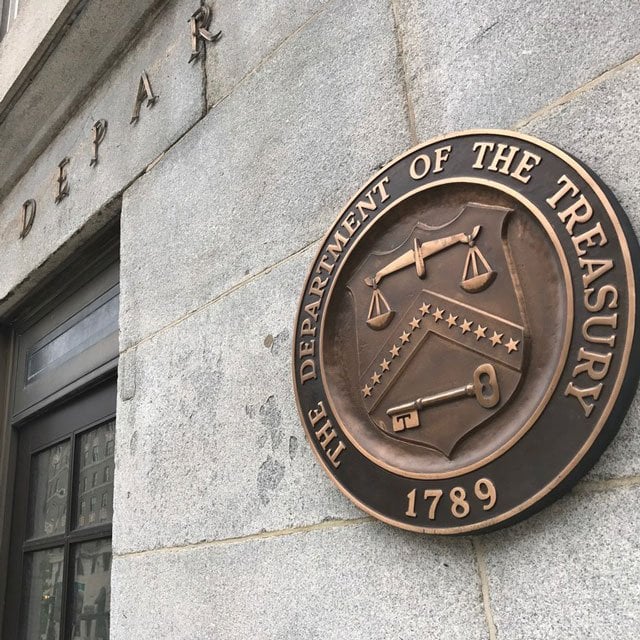Treasury Unit Worries About Effects of Rate Spikes on Bond Funds

It also talks about the role of “authorized participants,” or outside investment firms that can, but do not have to, step in to help bond ETFs and other ETFs narrow the gap between their net asset value (NAV) figures and the underlying prices of the assets.
“In normal market conditions, the arbitrage mechanism (also referred to as the primary market creation and redemption mechanism) tends to minimize discrepancies between an ETF’s price and its NAV, due to APs’ ability to capture arbitrage profits,” the office says in the report. “However, discounts or premiums can be pronounced during periods of elevated stress.”
In March 2020, when awareness of the gravity of the COVID-19 pandemic spread, “ETF share prices deviated from their net asset values, and the resulting discounts were not arbitraged away by the APs,” the office says. “The discounts to net asset values and investor redemptions persisted until the Federal Reserve intervened on March 23, 2020.”
Fed support did slow bond fund investor redemptions, the office notes.
Open-ended funds and ETFs owned 23% of outstanding corporate debt balances in 2021, up from 9% in 2008, according to Federal Reserve System data cited by the office.
The Office of Financial Research is supposed to help the U.S. Treasury Department track potential threats to the financial stability of the United States. This photo shows a Treasury seal on the outside of the department’s building in Washington. (Photo: Michael A. Scarcella/ALM)




